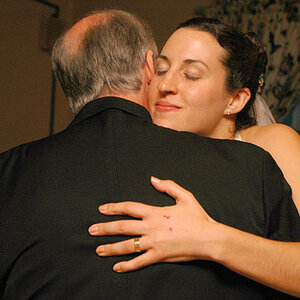mitchbooth
TPF Noob!
- Joined
- Mar 6, 2017
- Messages
- 11
- Reaction score
- 1
- Can others edit my Photos
- Photos OK to edit
Hello everyone,
Just returned from the Indoor State Track meet where I took about 1500 photos. As with most indoor venues the lighting was sub par. I met several photographers from MileSplit Ohio who ranged from shooting in sports mode to underexposing every photo by 3 or 4 stops in Raw only to bring up in post production. I was typically at 640 shutter speed and around 3.2-4 on aperature and my iso was set on auto ranging from 2000-10,000. I also used all large Raw files with no JPEG at all.
I'm new in photography and have the Canon 70d, Tamron 24-70 F2.8 and Tamron 70-200 F2.8 as my first ever camera. I've finally gotten out of auto modes and relatively comfortable with the camera and operating in manual mode. I use Adobe Lightroom for organizing and editing my photos.
I've been trying some night photography and typically leave Long Exposure Noise Reduction off. I have been leaving High ISO Noise Reduction on but have heard by doing so you sacrifice some definition in the photos...?
My question to you more experienced photographers is this. Should I shoot indoor events underexposed by 3 or 4 stops and then bring them up in Lightroom or should I use higher ISO for the Canon 70D and let it properly expose them in camera. Which way gets the better result? Is it poor practice to leave the High ISO Noise Reduction off in camera?
Mitch
Just returned from the Indoor State Track meet where I took about 1500 photos. As with most indoor venues the lighting was sub par. I met several photographers from MileSplit Ohio who ranged from shooting in sports mode to underexposing every photo by 3 or 4 stops in Raw only to bring up in post production. I was typically at 640 shutter speed and around 3.2-4 on aperature and my iso was set on auto ranging from 2000-10,000. I also used all large Raw files with no JPEG at all.
I'm new in photography and have the Canon 70d, Tamron 24-70 F2.8 and Tamron 70-200 F2.8 as my first ever camera. I've finally gotten out of auto modes and relatively comfortable with the camera and operating in manual mode. I use Adobe Lightroom for organizing and editing my photos.
I've been trying some night photography and typically leave Long Exposure Noise Reduction off. I have been leaving High ISO Noise Reduction on but have heard by doing so you sacrifice some definition in the photos...?
My question to you more experienced photographers is this. Should I shoot indoor events underexposed by 3 or 4 stops and then bring them up in Lightroom or should I use higher ISO for the Canon 70D and let it properly expose them in camera. Which way gets the better result? Is it poor practice to leave the High ISO Noise Reduction off in camera?
Mitch


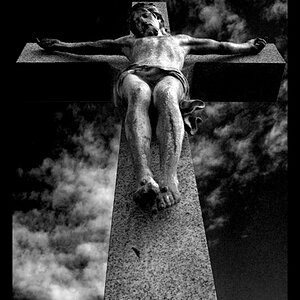
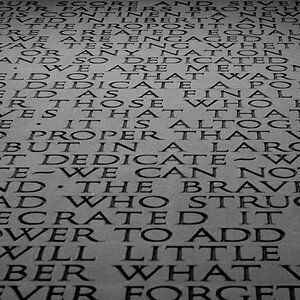
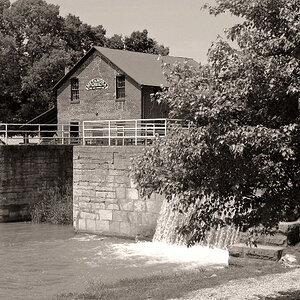
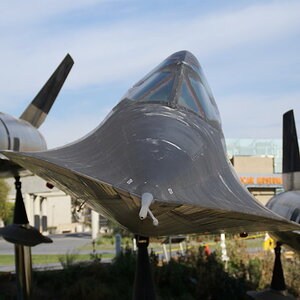
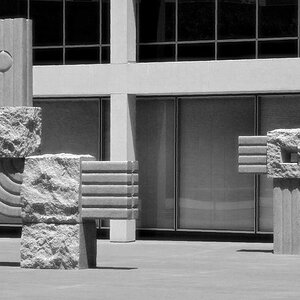
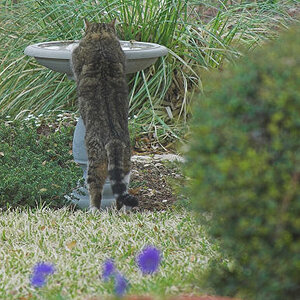
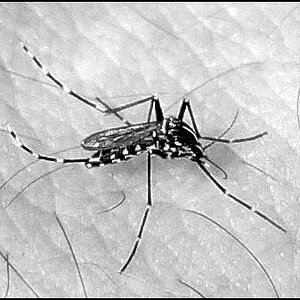
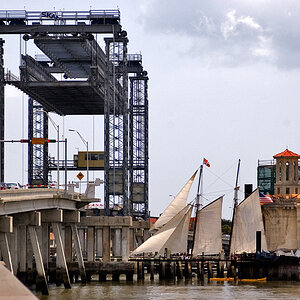
![[No title]](/data/xfmg/thumbnail/32/32939-0b23ff8a791c06732705126fb26845ea.jpg?1619735771)
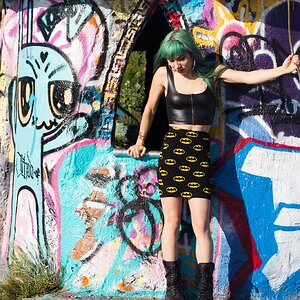
![[No title]](/data/xfmg/thumbnail/39/39420-c7c6e6f01cdeeceeb81ee717b24dd629.jpg?1619739024)
